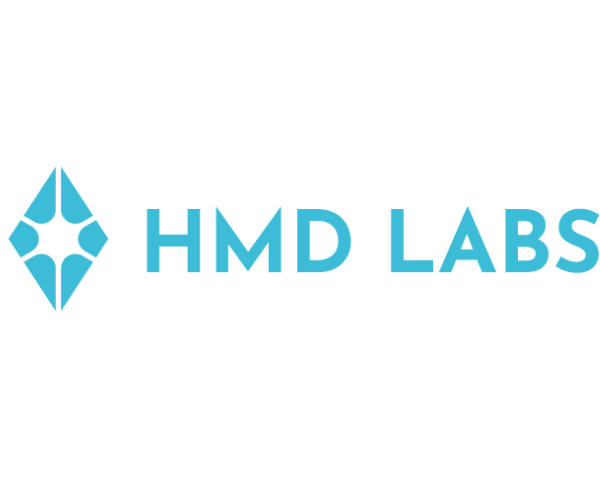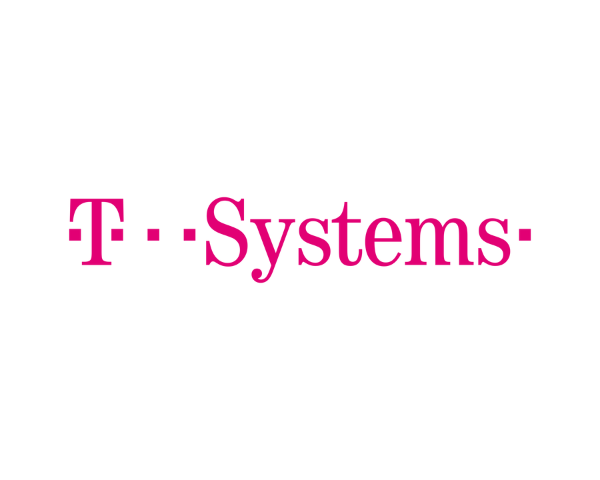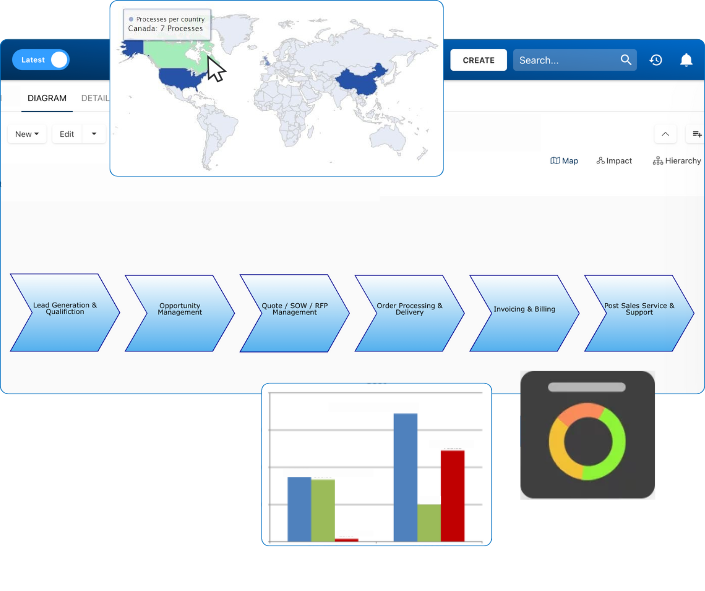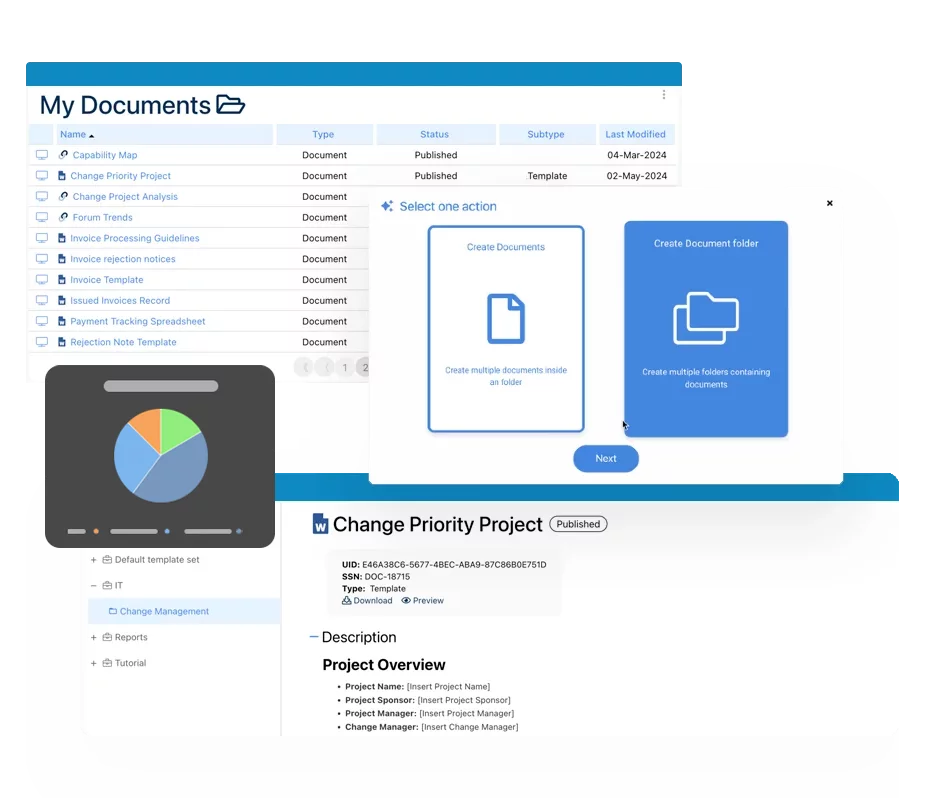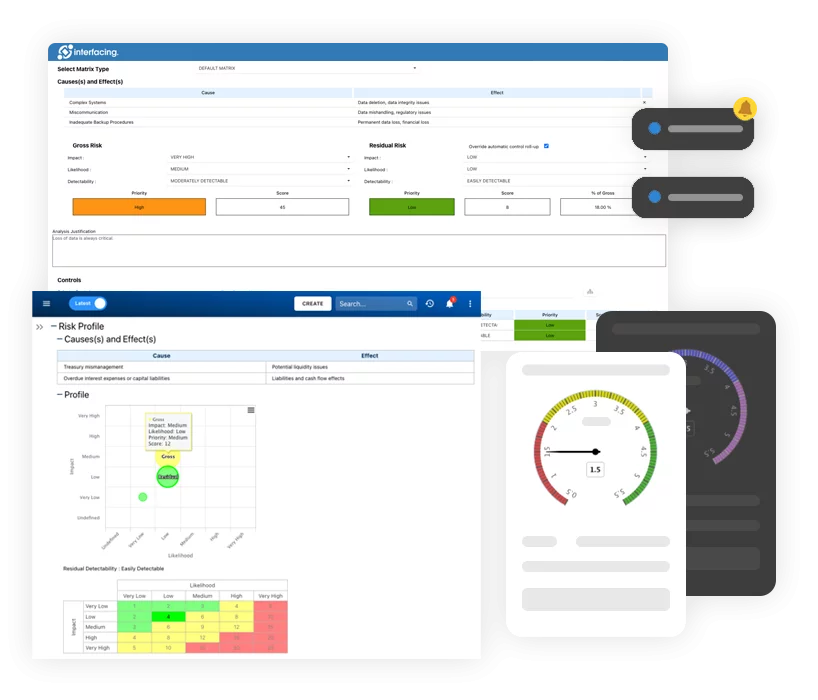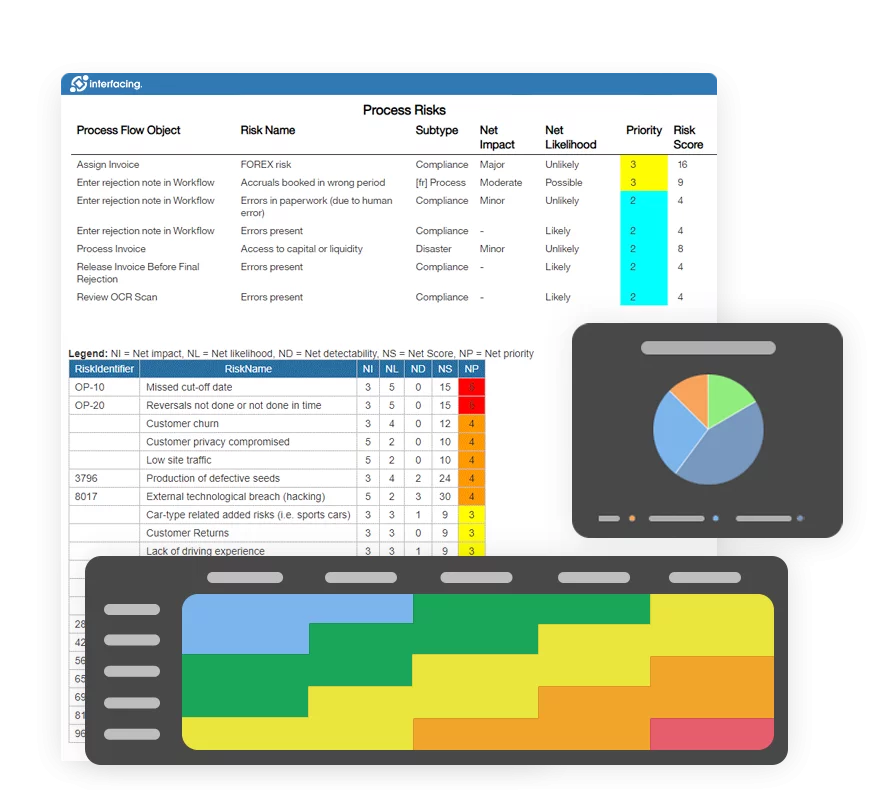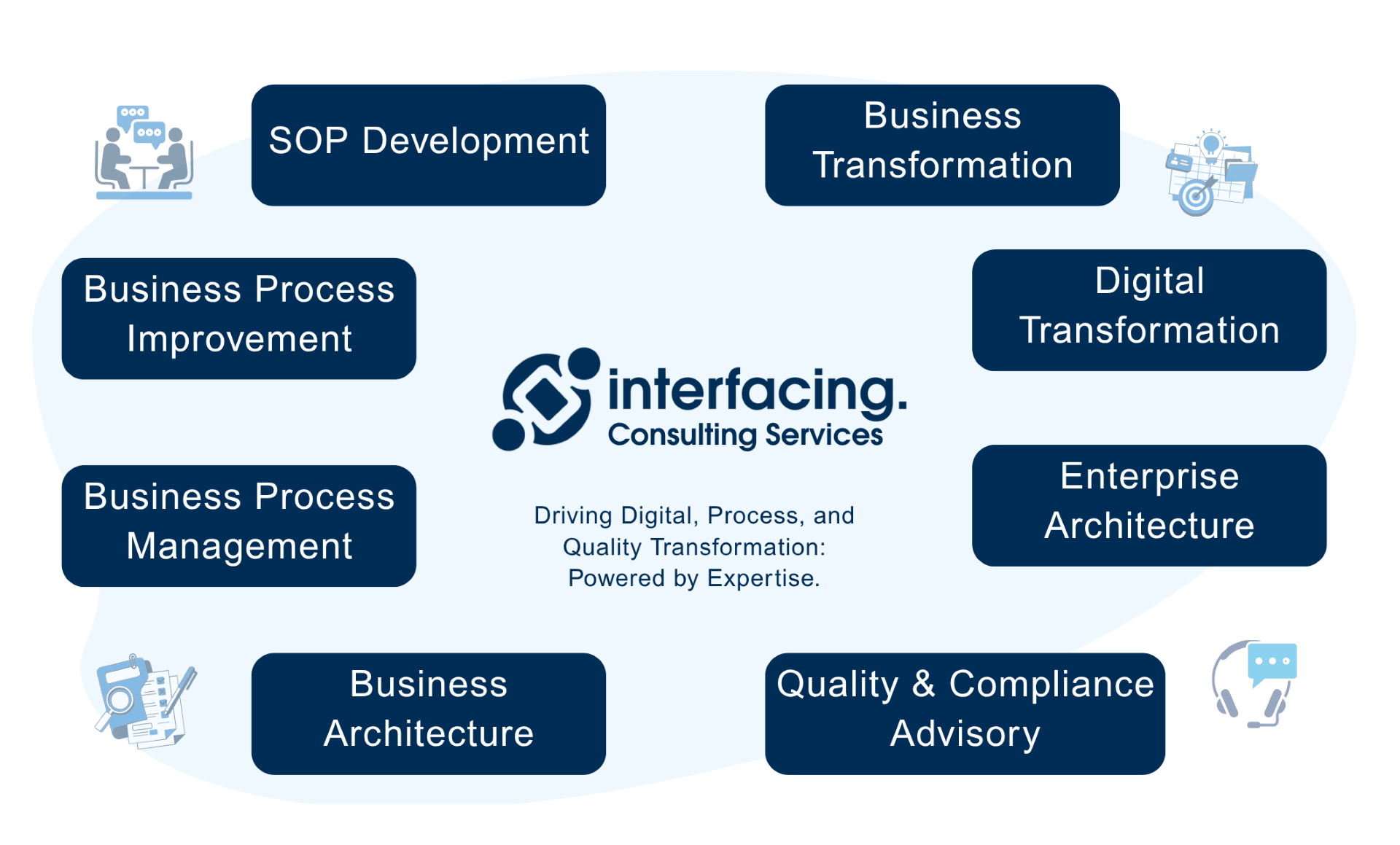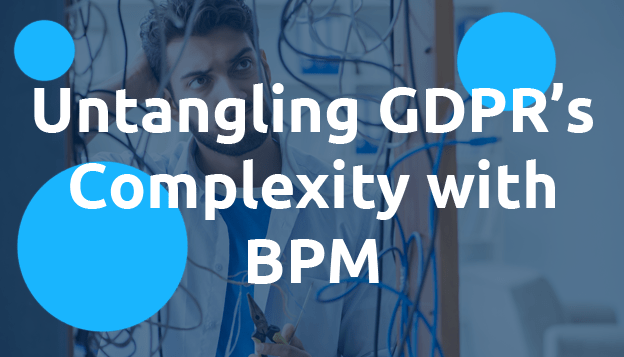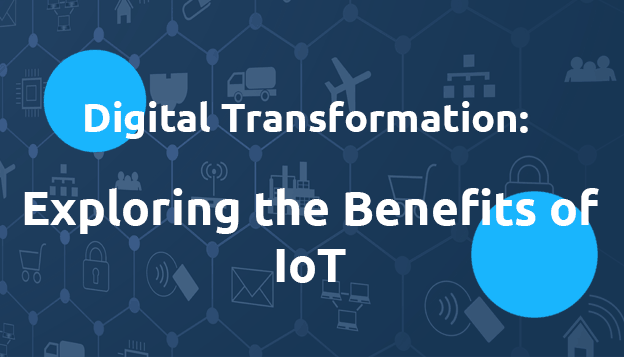Background – What is GDPR?
Data security has been on the spotlight for years as people are getting more and more cautious about their data privacy. As a response, the European Union (EU) passed the General Data Protection Regulation (GDPR), which came into effect on May 25, 2018 following a two-year grace period. This legislation incorporates a number of stringent requirements for certain organizations to strengthen their data protection, or they can face penalties of up to €20 million or 4% of annual revenue, whichever is higher.
Although GDPR might seem to be a “compliance hell”, its essential goal is to effectively formalize when, why, where, and how your EU customers’ personal data is used and processed once it is collected and stored. Implementing the 99 Articles plus 173 Recitals in GDPR is not a doddle, and all-around data security governance is definitely a must.
On the one hand, organizations should bear in mind that GDPR affects not only businesses established in the EU, but also those who offer goods or services to EU residents (yes, UK included), and those who monitor behaviors of EU residents. Hence, multitudinous non-EU organizations will be compelled to comply with this EU-based regulation framework.
On the other hand, EU residents enjoy extended rights related to their data, including the right to be forgotten, the right to data portability, and the right to be informed regarding the usage of their data. Organizations now must safeguard their customers’ data all the way through, plus respond to the above-mentioned rights. In that sense, data owners also have data control, meaning organizations are obliged to fulfill the mandate of data integrity handed not only by regulators, but also by their customers.
Statistics: 50% of companies are NOT GDRP compliant!
Implications – Do You Have A Successful GDPR Strategy?
In order to be compliance-ready, your organization may have already taken actions to formulate a GDPR strategy, whether by taking an internal approach (e.g. creating a project team with risk, compliance and IT specialists) or an external one (e.g. hiring legal advisors or consultants). Whatever your organization decides to do, it seems that you effectively cover all your bases by focusing on data, right? But hold on, are you sure that GDPR is really all about data and just about data?
The most important principle embedded in GDPR is the logic of “privacy by design and by default”. That being said, GDPR is more than just data; it involves your overall business process, from upstream to downstream activities, and from strategy to execution. The first common sense trap for organizations to dodge is putting GDPR aside instead of putting it at core. For a successful GDPR strategy, organizations should not isolate data-related personnel, such as DPOs (data protection officers), CIOs (chief information officers), CISOs (chief information security officers), IT teams, legal departments, etc., from the rest of the team. On the contrary, every stakeholder, including operations, IT, marketing, sales, and customer service should be consulted and engaged when complying with GDPR. Simply put, a successful GDPR strategy requires a multidisciplinary approach.

The second trap with GDPR is the danger of considering it merely as a compliance hurdle for your organization instead of a golden opportunity to stand out from other competitors. Indeed, GDPR is not a choice but an obligation. However, it is also a chance to acquire, convert, and retain a broader base of customers. On that basis, it is about adopting a proactive and preventive mindset as opposed to a reactive and corrective one when formulating your GDPR strategy. Refining GDPR best practices, such as opt-in consent forms for data collection, deletion of unauthorized and expired data, and reporting any data breach or misuse of personal information in time, can help your employees and customers understand data privacy policies better. From this perspective, GDPR can be the cherry on top of your competitive advantage and brand legacy.
Keeping these in mind, are you still confident to say that you are fully GDPR ready?
Penalty: Up to €20 million…

GDPR & BPM – Unseparated Bedfellows
GDPR is not a simple task: collecting with consent and storing data without duplication, setting different levels of permission during data lifecycle, tracking and managing data related activities, informing and reporting any problematic data usage… GDPR requires tremendous time and resources, but more importantly, structured processes. This is when business process management (BPM) comes into play.
BPM is a multifaceted framework offering accountability, traceability, security and collaboration to your overall process. By focusing on process automation, segregation of duties, data governance, quality management, risk and compliance (GRC), amongst others, BPM ultimately aims to empower organizations toward continuous business process improvement.
All in all, compliance is a fundamental implication of GDRP. A well-established BPM strategy, covering process improvement, data management, performance analysis, and risk assessment can be of vital importance to implement GDPR. At the end of the day, GDPR is just like many other regulations, such as HIPPA, FDA, IMF, Basel III, ISO, and so on and so forth; and BPM equips organizations with more efficient methods to better meet the challenges of ever-evolving compliance requirements, laws and risk management.
Thus far, it should be clear that GDPR goes beyond data itself and lies in every detail within the process. BPM is the meat and potato for a successful GDPR strategy while compliance is merely the low hanging fruit. Nonetheless, organizations need to develop their GDPR strategy around their processes.
EPC – Catalyst for Your GDPR Implementation
Interfacing’s Enterprise Process Center ® (EPC), a recognized leading BPM & GRC solution, offers a wide range of modules from process automation, document management, performance analysis, data governance, risk assessment, to audit and control. Beyond a process modeling tool, the EPC has helped numerous organizations to improve processes, automate workflows, document system data enhance performance, mitigate risks and share knowledge. The EPC will be the silver bullet that enables:
- Process Design & Planning:
- Identifying key processes related to data, mapping GDPR into your organizational workflows, involving all actors connected to GDPR
- Translating processes into actions via process mapping, displaying interrelated processes to improve your overall productivity and process intelligence
- Documenting activities related to data, generating complete audit trails for traceability and compliance
- Deterring regulatory violations in everyday operations by implementing controls to ensure seamless execution from all employees
- Version controlling to monitor your data environment, safe data purging to manage your data inventory
- Data Security & Accountability:
- CRUD (create, read, update, delete) methodology to ensure data safety during the entire lifecycle
- RACI expanded matrix to set different security levels for data based on different roles, rules and responsibilities (segregation of duties)
- In-sync modification of data all across the organization to guarantee data consistency and information symmetry
- Mobile responsive platform to support data flows in all digital business environments and endpoints
- Instant notifications to create dialogue, ensure consistency and increase trust with your employees and customers
- Risk Assessment & Mitigation:
- Visualizing and analyzing all data-related activities through different views and reports to better detect, deter and prevent risks
- Prioritizing risks mitigation actions, formulating countermeasures based on calculated scores to rationalize your decision-making
- Setting periodical reviews and monitoring different maturity levels for continuous improvement during your GDPR journey
Here’s a “Final Thoughts” section to wrap up the blog:
Final Thoughts
GDPR compliance is not just a legal requirement; it’s an opportunity to build trust, enhance operational efficiency, and strengthen your organization’s reputation. While the regulation introduces stringent mandates, a well-structured GDPR strategy—integrating business process management (BPM)—can turn compliance into a competitive advantage.
By leveraging BPM frameworks and solutions like Interfacing’s Enterprise Process Center® (EPC), organizations can streamline data governance, ensure regulatory adherence, and mitigate risks effectively. Rather than viewing GDPR as a hurdle, businesses should embrace it as a catalyst for digital transformation, process optimization, and long-term growth.
The question remains—are you truly GDPR-ready? If not, now is the time to take action.
Why Choose Interfacing?
With over two decades of AI, Quality, Process, and Compliance software expertise, Interfacing continues to be a leader in the industry. To-date, it has served over 500+ world-class enterprises and management consulting firms from all industries and sectors. We continue to provide digital, cloud & AI solutions that enable organizations to enhance, control and streamline their processes while easing the burden of regulatory compliance and quality management programs.
To explore further or discuss how Interfacing can assist your organization, please complete the form below.

Documentation: Driving Transformation, Governance and Control
• Gain real-time, comprehensive insights into your operations.
• Improve governance, efficiency, and compliance.
• Ensure seamless alignment with regulatory standards.

eQMS: Automating Quality & Compliance Workflows & Reporting
• Simplify quality management with automated workflows and monitoring.
• Streamline CAPA, supplier audits, training and related workflows.
• Turn documentation into actionable insights for Quality 4.0

Low-Code Rapid Application Development: Accelerating Digital Transformation
• Build custom, scalable applications swiftly
• Reducing development time and cost
• Adapt faster and stay agile in the face of
evolving customer and business needs.
AI to Transform your Business!
The AI-powered tools are designed to streamline operations, enhance compliance, and drive sustainable growth. Check out how AI can:
• Respond to employee inquiries
• Transform videos into processes
• Assess regulatory impact & process improvements
• Generate forms, processes, risks, regulations, KPIs & more
• Parse regulatory standards into requirements

Request Free Demo
Document, analyze, improve, digitize and monitor your business processes, risks, regulatory requirements and performance indicators within Interfacing’s Digital Twin integrated management system the Enterprise Process Center®!
Trusted by Customers Worldwide!
More than 400+ world-class enterprises and management consulting firms






















